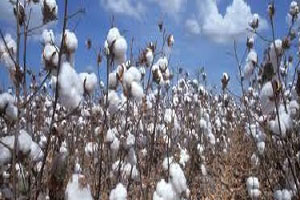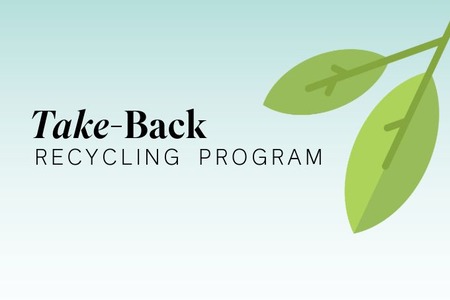
Iran cotton industry heavily dependent on imports
YarnsandFibers News Bureau 2017-05-22 11:00:00 – TehranIran is heavily dependent on imports to meet the domestic cotton demand, which is a strategic and all purpose product in Iranian textile industry. Iran imported over 56,517 tons of cotton worth $103 million during the 11 months to Feb 19. Uzbekistan was the biggest exporter.
The CEO of Iran’s Cotton Fund Company Mohammad Hossein Kaviani said that considering the small size of farms for cotton cultivation in the country, the high costs of machinery and equipment are just not affordable, which means farmers have to produce cotton traditionally, much as it is inefficient. This has led farmers to turn to other agricultural sectors.
He believes it is possible to curb reliance on imports by supporting cotton cultivators. As not long ago, about 100 tons of cotton used to be exported from Golestan Province but now they import a considerable volume of cotton.
Golestan Province was known as “the land of white gold†in the past due to its vast cotton farms. Cotton industry was the driving force behind Golestan’s economy, creating jobs and generating revenues either directly or indirectly through cotton farming and related industries.
According to the CEO, in the fiscal 2003-4, Iran exported 12,000 tons of surplus cotton. Imports in that same year stood at 25,000 tons.
One other factor discouraging cotton producers and leading to rampant imports is the low price of cotton compared to other agricultural products.
According to Kaviani, the area under cotton cultivation was 80,000 hectares in the last Iranian year (ended March 20, 2017).
It is predicted to reach 90,000 hectares this year, due to the timely delivery of seeds, fertilizer and pesticides to farmers along with government subsidies.
Iran imports cotton seeds from Turkey and Greece, which in Kaviani’s words, are among the best in the world with the aim of boosting domestic production.
In the past, cotton production used to take 180 days, because of which farmers had to start cultivation early in the year to avoid the winter’s cold and to boost productivity. This was not economical and discouraged farmers but they don’t have this problem now with these quality seeds.
Cotton is the world’s most economically valuable non-food crop. The global industry also employs more people than any other agricultural product.
Market Intelligence
Ask for free sample Report

experience
Customer Base
dedicated team
Countries Served Worldwide









